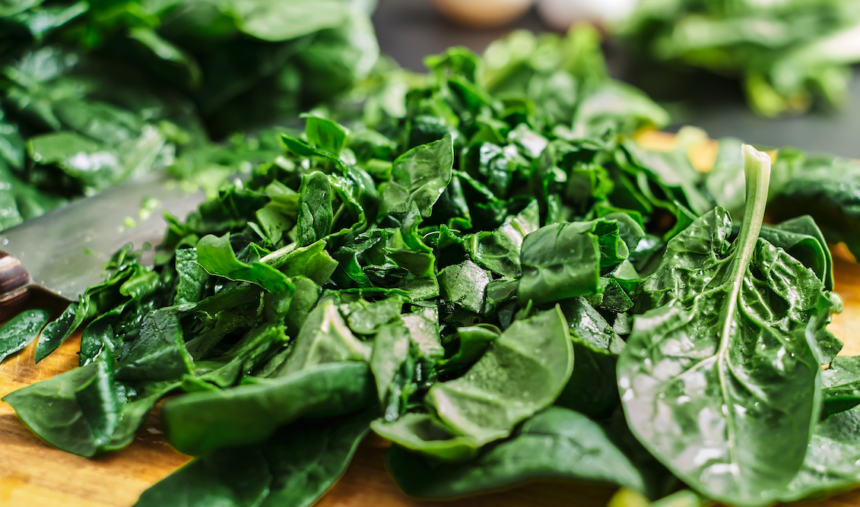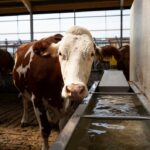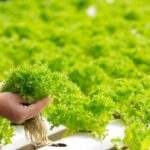Spinach is a nutritious and versatile leafy green vegetable that is well-suited for cultivation in South Africa. Whether you have a backyard garden or a small urban plot, growing spinach can be a rewarding experience. Before you get started, here are ten important things you should know about growing spinach in South Africa.
- Climate and Season: Spinach thrives in cool to moderate climates. In South Africa, spinach can be grown throughout the year in most regions. However, it performs best in cooler seasons like autumn and spring. Choose the right season for your specific region and climate.
- Variety Selection: There are several spinach varieties available, including smooth-leafed, savoy-leafed, and baby spinach varieties. Choose a variety that suits your taste preferences and growing conditions. Popular varieties in South Africa include Bloomsdale, Viking, and Malachite.
- Soil Preparation: Spinach prefers well-drained soil with good fertility. Prepare the soil by incorporating organic matter, such as compost or well-rotted manure, to improve its structure and nutrient content. Spinach prefers a slightly acidic to neutral soil with a pH level between 6.0 and 7.0.
- Seed Starting: Spinach can be started from seeds directly sown in the garden. Prepare the soil by raking it to a fine texture. Sow the seeds in shallow furrows, cover them lightly with soil, and water gently. Ensure the soil remains consistently moist until germination occurs, which typically takes about 7 to 14 days.
- Planting and Spacing: Thin out the seedlings once they have grown a few inches tall. Space the plants approximately 6 to 8 inches (15 to 20 centimeters) apart to allow room for growth. Proper spacing promotes airflow and reduces the risk of diseases.
- Watering: Spinach requires consistent moisture to grow well. Water the plants regularly, aiming for approximately 1 inch (2.5 centimeters) of water per week. Ensure the soil remains evenly moist, but avoid overwatering, as it can lead to fungal diseases. Mulching can help retain moisture and suppress weed growth.
- Nutrient Management: Spinach has specific nutrient requirements for healthy growth and leaf production. Conduct a soil test to determine any nutrient deficiencies and make appropriate amendments. Spinach generally benefits from a balanced fertilizer high in nitrogen, phosphorus, and potassium. Side-dress the plants with fertilizer during the growing season to provide additional nutrients.
- Harvesting: Spinach leaves can be harvested when they reach a usable size, typically around 4 to 6 inches (10 to 15 centimeters) in length. Harvest outer leaves individually, leaving the inner leaves to continue growing. Regular harvesting promotes continuous leaf production.
- Pest and Disease Management: Spinach can be susceptible to pests such as aphids, leaf miners, and slugs. It is also prone to diseases like downy mildew and powdery mildew. Implement integrated pest management (IPM) strategies, including regular scouting, cultural practices, and the use of organic or chemical controls as necessary. Proper spacing and good airflow can help prevent disease outbreaks.
- Succession Planting: To ensure a continuous supply of fresh spinach leaves, practice succession planting. Sow new seeds every two to three weeks to stagger the growth and harvest periods. This way, you’ll have a steady supply of spinach throughout the season.
By considering these ten crucial factors before growing spinach in South Africa, you’ll be better prepared to cultivate healthy and productive plants. With proper care, attention, and adherence to recommended practices, you can enjoy a regular harvest of fresh and nutritious spinach from your garden.
Image by ededchechine on Freepik
Join 'Farmers Mag' WhatsApp Channel
Get the latest Farming news and tips delivered straight to your WhatsApp
CLICK HERE TO JOIN






